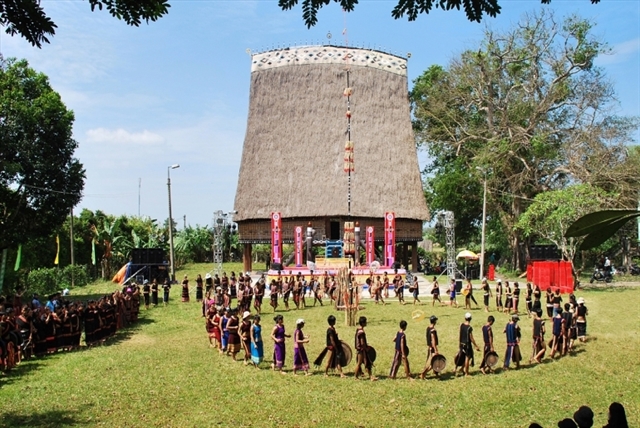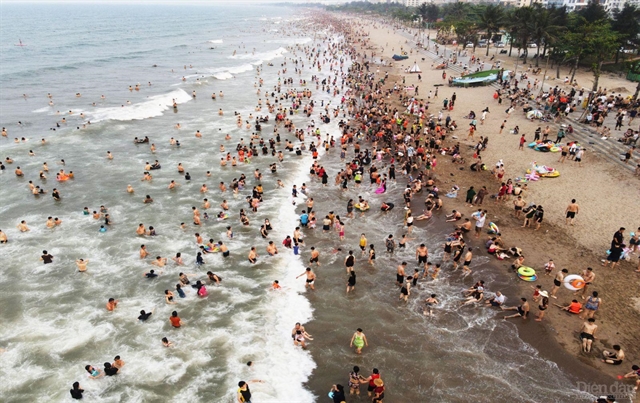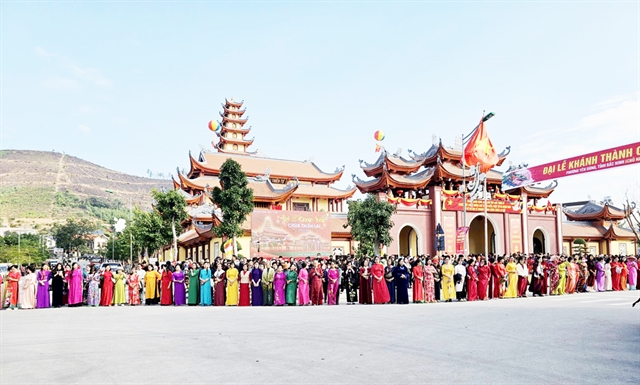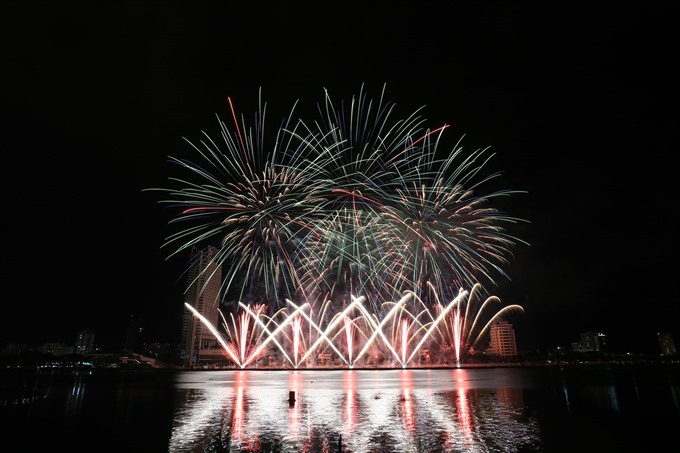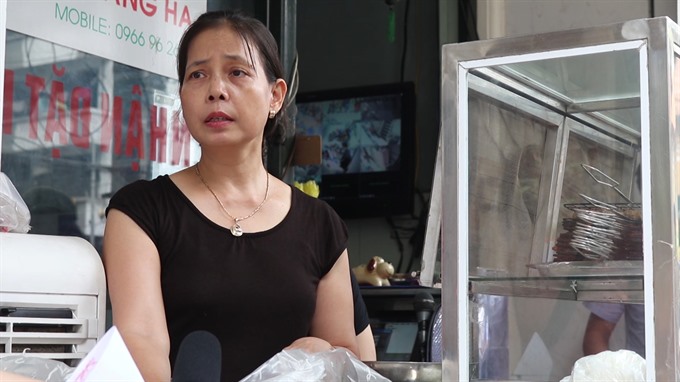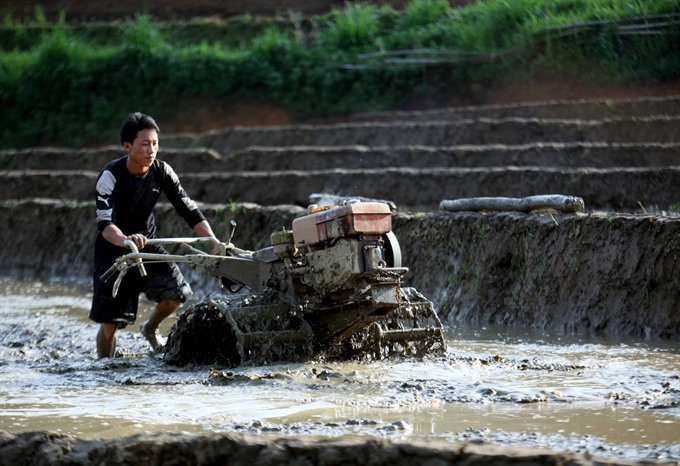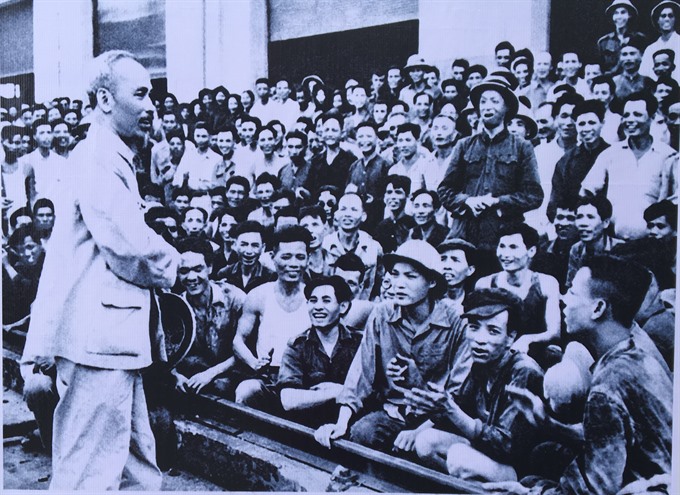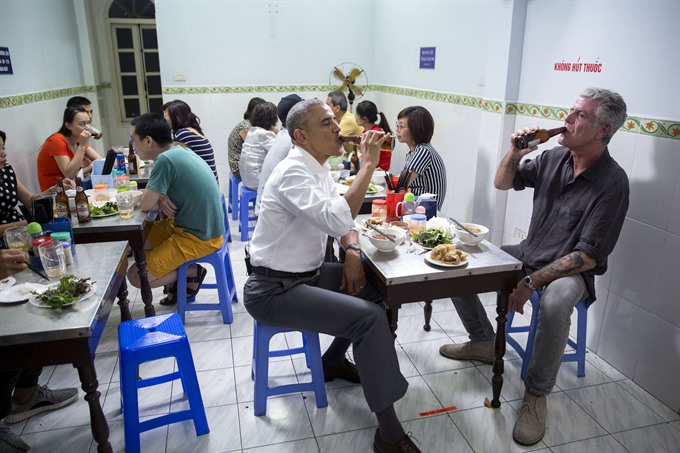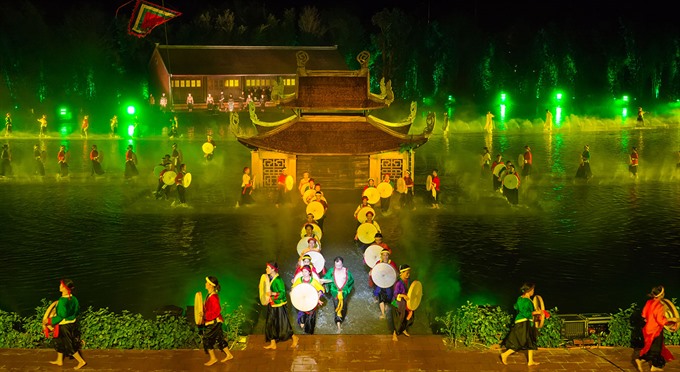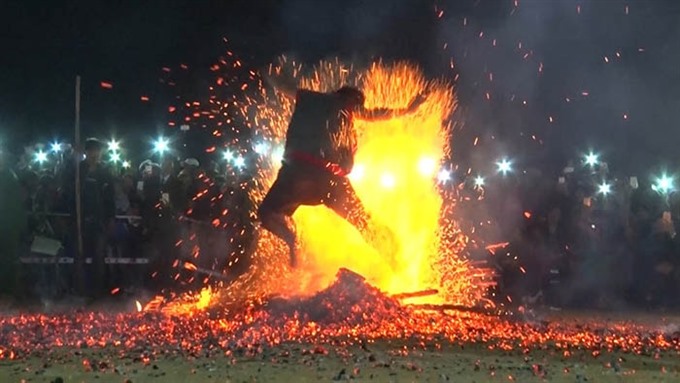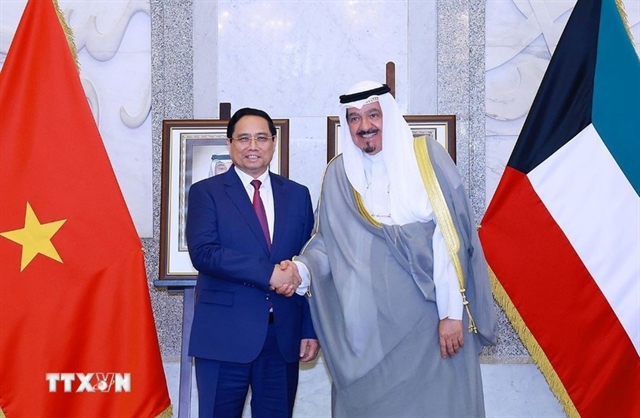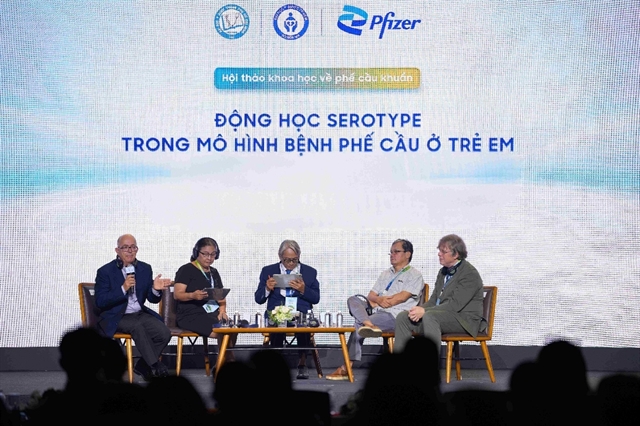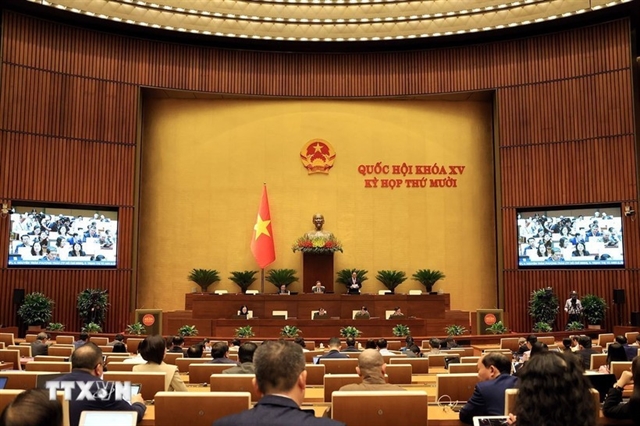
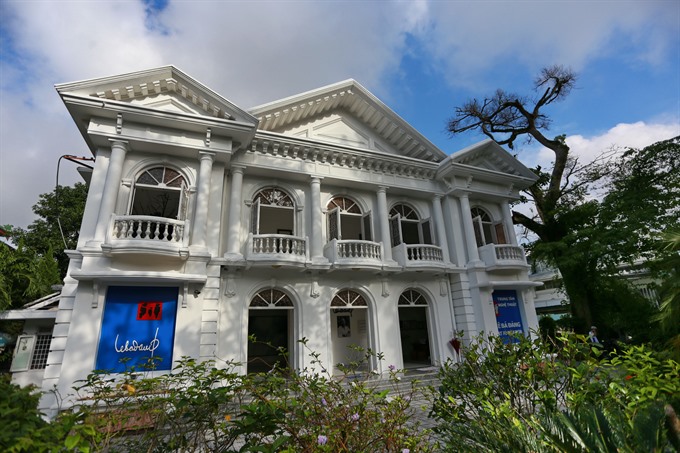 |
| The building designated for artist Lê Bá Đảng. — VNS Photo Nguyễn Văn Sum |
THỪA THIÊN-HUẾ — Researchers in the former imperial capital city of Huế have voiced their concerns over the new list of 27 prominent ’Indochinese colonial-style’ architectural buildings in the city.
According to them, the list includes buildings that are not made in the colonial style while it excludes several buildings built during the French colonial period in the city. The researchers have demanded the elimination of those buildings from the list that have not maintained their status quo due to recent conservation work.
Phủ Cam Cathedral, which is included in the list, is said to have a contemporary architectural style. “The cathedral was originally built in the colonial style, but it was knocked down in 1960 to be constructed into a new building, which was completed in 2000. Hence, it cannot be a colonial building,” said researcher Nguyễn Xuân Hoa, former director of the local Department of Culture.
He added that the Morin Hotel and Memorial Pavilion for World War Martyrs should also be removed from the list due to changes in their structures and colours.
The original Morin Hotel was built in 1901 with two floors, but later in the 2000s, it was upgraded to four storeys. The Memorial Pavilion was built in 1920, with the inscription bearing the names of 78 Vietnamese and 31 French who had died during World War I. However, conservation work in 2017 destroyed all the inscriptions and changed the colour as well as many architectural patterns on the memorial.
Researcher Trần Đình Hằng, director of the Việt Nam Institute for Culture and Arts Studies in Huế, agreed with Hoa and said the Memorial Pavilion should not be included in the list as it had been changed.
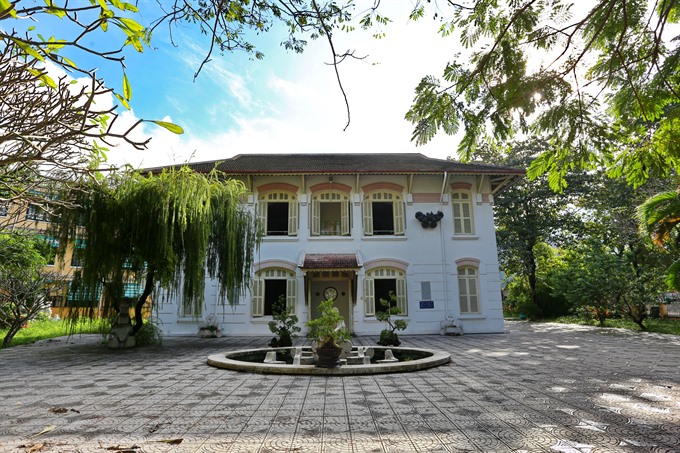 |
| The colonial building that formerly served as the memorial home for famed sculptor Điềm Phùng Thị. — VNS Photo Phước Bửu |
Hoa, meanwhile, questioned why a 100-year-old typical colonial building, located on Lê Lợi Street, was not included in the list. This building serves as the office of the local Association of Culture and Art. “It is a typical, beautiful building and was the landmark of cultural historical events in Huế,” Hoa said.
The building is listed as one of the targets to be demolished to acquire land for a hotel.
Hằng expressed his reservations about the list prepared by the provincial People’s Committee, which said the list was to enhance the conservation of the colonial buildings in the city.
Hằng said several colonial buildings that were not included in the list were targeted for demolition.
Earlier this month, the provincial People’s Committee had announced a list of 27 prominent Indochinese colonial-style buildings, saying that these buildings will be protected from land revamp for business structures.
Buildings in the list include those built by French colonialists, such as the railway station, Quốc Học School where President Hồ Chí Minh used to study, it’s neighbour Hai Bà Trưng School and the twin buildings that serve as offices of the Huế Museum of Culture.
Hằng said the committee’s efforts to recognise the colonial buildings came late as tens of typical colonial buildings on the streets of Lê Lợi, Hoàng Hoa Thám and Lý Thường Kiệt had already been knocked down to construct new buildings.
According to a study of the Central Region Institute for Constructional Science and Technology, there are some 200 colonial buildings located around Huế. Colonial buildings are part of the architectural history of the city, but few have maintained their original architecture due to changes in the trends of construction. — VNS
